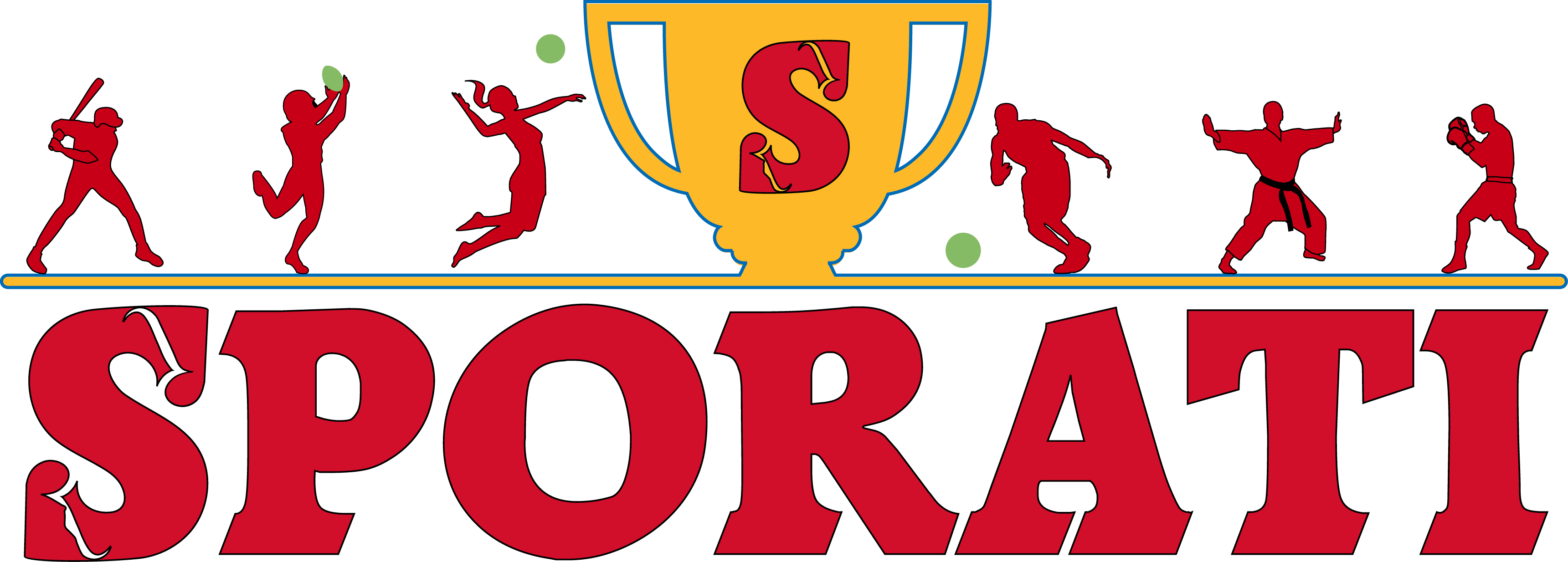Alpine Skiing 2026 Qualification
Alpine skiing is one of the most anticipated events at every Winter Olympic Games, and the 2026 Milano Cortina Winter Olympics will be no different. With its thrilling combination of high-speed action, technical precision, and sheer grit, alpine skiing consistently delivers the type of drama that keeps viewers at the edge of their seats.
But for aspiring Olympians, the path to the slopes in 2026 isn’t simply a matter of suiting up and showing up. Qualifying for the alpine skiing events at Milano Cortina is a rigorous process with clearly defined criteria. Here’s a breakdown of how athletes will make their way to one of winter sports’ grandest stages.
Overview of Qualification Process
Alpine skiing involves five medal events for both men and women:
In addition to the individual events, there is also the Alpine Team Event, allowing mixed-gender teams from nations to compete together. Each of these events has its distinct techniques and skills, meaning a diverse set of athletes will be showcasing their strengths in 2026.
Eligibility and Qualification Standards
To even be considered for the Olympics, alpine skiers must meet certain requirements set forth by the International Ski Federation (FIS). These benchmarks are not simply symbolic; they act to ensure that the competition remains fierce and that the most skilled athletes from each nation make their mark.
Once an athlete meets the performance qualification, they still must be selected by their country’s NOC. Notably, countries might have more athletes meet FIS qualifications than their allotted quotas. At that point, it’s up to the governing body to decide which skiers will head to Italy.
Spot Allocation Sequence
Athletes will adhere to the following ranking system that determines their status for Olympic qualification:
What Makes Milano Cortina 2026 Unique?
Milano Cortina 2026 won’t just mark the start of the quadrennial alpine skiing spectacles, but it’s set against the backdrop of the Italian Alps—a place steeped in ski tradition. The venues for the alpine events are already legendary in their own right, including Cortina d’Ampezzo, which holds a special place in the sport’s history as it hosted the 1956 Winter Olympics.
Italy intends to set a new standard for Alpine skiing by offering beautifully designed yet ultra-challenging courses, guaranteeing that only the best of the best leave with medals. With the precision demanded by slalom runs, and the downhill’s high-velocity drama, it’s sure to draw record engagement regardless of where you’re watching from.
How do New Technologies Come into Play?
Advancements in skiing technologies, from aerodynamically designed suits to cutting-edge boot and ski engineering, continue to influence the competitors’ game. But even beyond that, the FIS and the Olympic Committee are placing an increased emphasis on making alpine skiing data-driven.
Imagine entering competitions where AI-powered software analyzes an athlete’s performance, providing critical insights about air resistance, ski angles, and turning efficiencies. While it doesn’t replace the raw talents of the athletes, technology is helping skiers to perfect their craft before even stepping onto an Olympic course.
What to Watch in the Build-Up to 2026
As skiers start competing in World Cup events, fans should keep their eyes on the calendar. Results from international events in the lead-up to 2026 will determine which athletes are becoming serious contenders. By the time they crest the hill in Milano Cortina’s Alpine courses, these athletes will have fought hard to earn their spots—and will be in nothing less than peak condition.
Italy itself performed strongly in past games and is expected to charge into 2026, buoyed by the home advantage and adoring crowds. Other heavy hitters like Switzerland, Norway, and Austria will look to maintain their elite standing in the sport. That said, don’t write off surprise contenders from other nations—history has taught us that breakthroughs can come from unexpected places.
Conclusion: The Slopes Await
The road to qualifying for the 2026 Milano Cortina Winter Olympic Games involves more than just talent; it takes systematic preparation, elite competition, and even a bit of international strategizing to ensure athletes meet qualification. As national athletes fight for quota places and curl up under the pressure of Olympic-level skiing, every victory in the lead-up will matter when the world’s attention turns to Italy.
For us, the audience, it’s all the more exciting knowing the stories behind how these individuals reached the Olympic tracks. Whether it’s a veteran carving out one last run or a fresh face making their debut, the drama, speed, and passion of alpine skiing once again promise to make 2026 a spectacle to remember.

